Blood and Valor: Part 2- Preview of the East African Armies
By Mitch Reed
In my last article I told you all about the armies you will find fighting on the Western Front in Blood and Valor from Firelock Games. In this article we will go over the forces that fought in East Africa during the Great War. If you did not catch my previous article, I would recommend you do, the first half of the article talk about how formations are built and what units comprise a unit.
Last year when I asked (begged) Rufus and Kai DeVane to help with Blood and Valor it was my intention to include the fighting in East Africa which is omitted from so many games. My love for the theater is due to the many books I have read on the subject, the colorful characters who played a role in the campaign and the fact that it breaks the trench deadlock vision that many gamers have when the Great War is brought up.
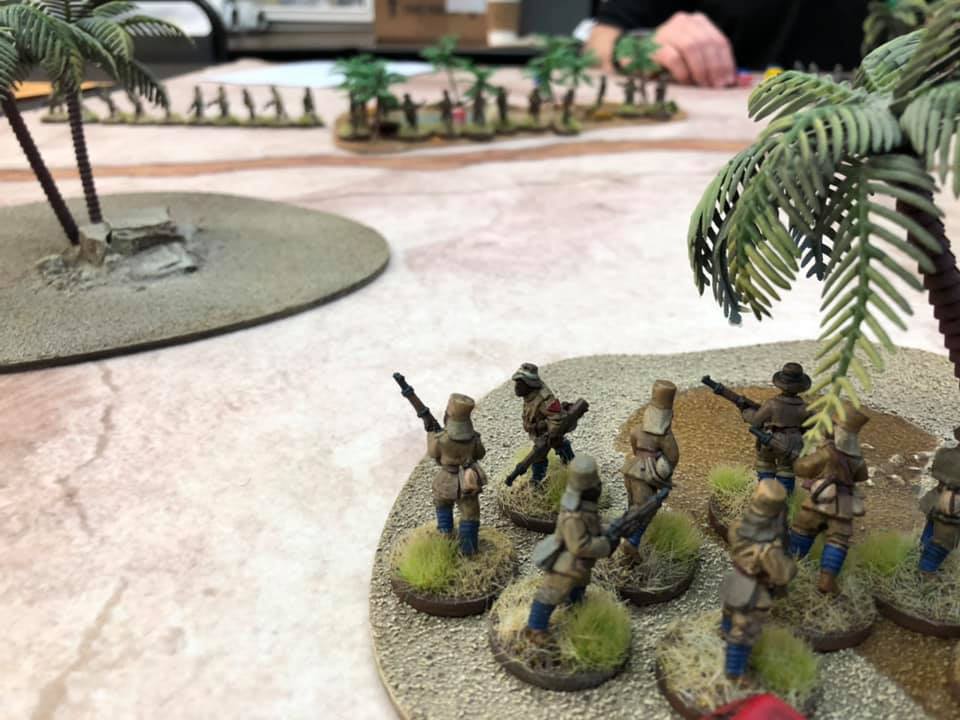
For the Allies the war in East Africa was a sideshow however the Germans looked as it as campaign that they would lose, but as long as their forces could fight in Africa it would impose cost on the Allied war effort. From the very start the Germans were outnumbered, cut off from supplies from Germany and has a vast expanse of territory to defend.
However, they had one bonus, the leadership of LtCol Paul von Lettow-Vorbeck who was a combat veteran and had spent time in Africa before returning to command the German forces in East Africa in 1914. What von Lettow-Vorbeck did was nothing short of a miracle, he was able to keep fighting until forced to surrender after the armistice in 1918.
Just looking at a map of his travels during the war boggles the mind because his troops marched all over eastern and central Africa. Trading space for time and retreating rather than fighting most of the time, von Lettow-Vorbeck held off a Commonwealth force for year. These hit and run tactics were not the only trick up von Lettow-Vorbeck’s sleeve, his defense of Tanga in the battle that bears the same name is also an amazing feat of tactical prowess.
The Germans
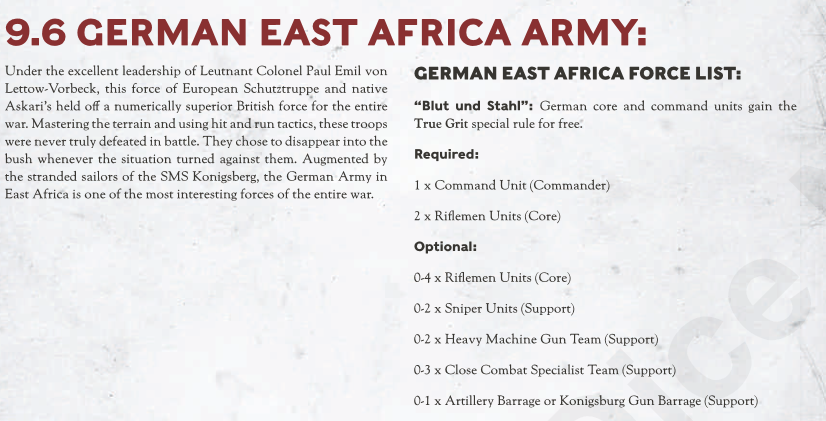
The force von Lettow-Vorbeck commanded during the war is very accurately represented in Blood and Valor. You have the Schutztruppe which were Germans who lived in Africa who knew the land very well and knew how to use a rifle. These men never numbered more than 3,000 so the Germans made great use of the native Askari’s who ballooned their ranks to over 14,000 men.
Unlike other colonial armies the Germans appointed Askari officers and NCOs and the two forces had a great relationship during the war which lead to why they fought so well together. The third type of core unit that Germans have is the sailors left stranded from the SMS Konigsberg who were pressed into service as ground troops when their ship was scuttled in the Rufiji Delta.
The Schutztruppe and Sailor’s come in units from 4 to 12 models and can upgrade one model as an LMG gunner. The Askari’s do not get the ability to use LMGs, however they get the special rule “Blood Curdling Charge” which makes them very deadly in close combat.
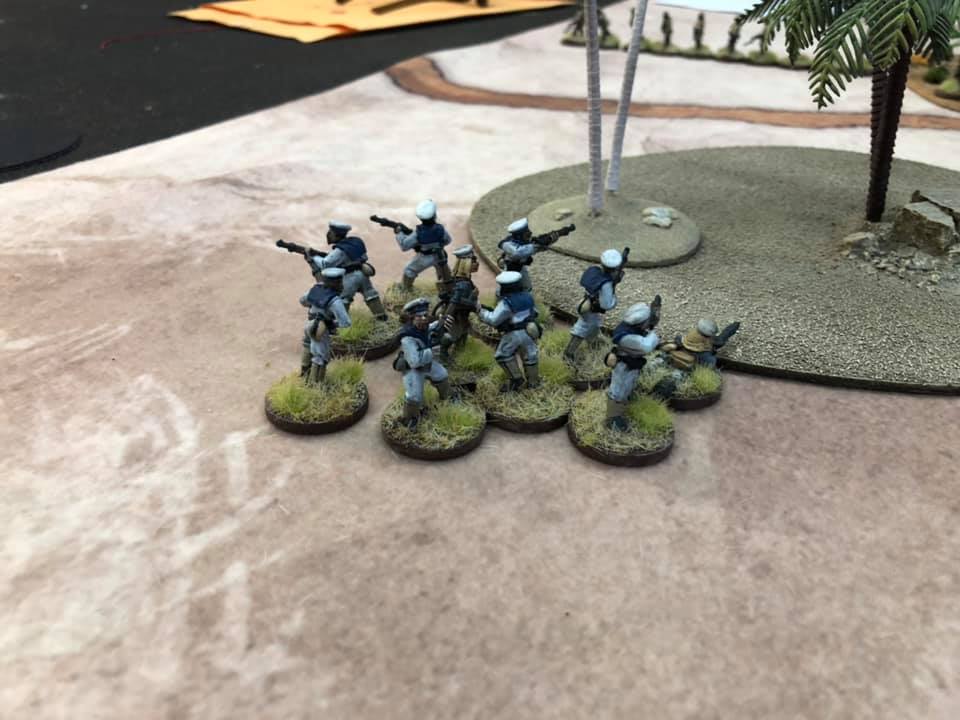
The support units are made up of HMGs and close combat troops who are allowed to use grenades whereas the other German core units do not have that option. The close combat teams are made up of 4 to 8 models and can use either the Schutztruppe or Askari models as a testament of how well they worked together. For support, the Germans also get artillery barrages but they also get a very unique ability, they can take a naval barrage on land. When the SMS Konigsberg was scuttled the Germans took the 5cm guns from the ship and mounted them on carriages for land use.

The final support unit is the sniper and you can take two of them with your force. The German East Africa list is one of the best lists to play in the game and of course, von Lettow-Vorbeck is in the game as a hero, what game would be complete without him.
The British

Under the command of the South African Jan Smuts, the Commonwealth forces in East Africa were made up of troops from India, South Africa, Great Britain, Rhodesia and locally raised King’s African Rifles. In the game, you can take the European/Colonial Riflemen as a core force choice. The reason why they are named as such is to allow you to model your forces based on any of the units that fought in Africa during the war.
This unit can be anywhere from 4 to 12 models and can be upgraded with grenades. You can also swap out a rifleman for an LMG gunner. The King’s African Rifles also come with the same special rule as the Askari and cannot be equipped with grenades or LMGs.
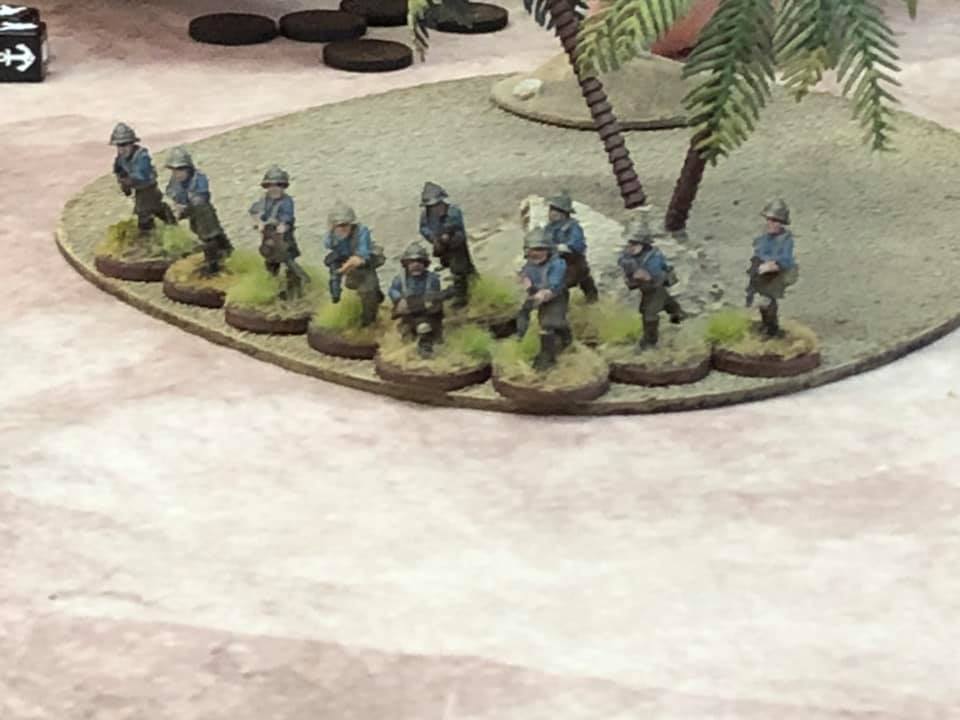
In support, you get HMGs, sniper teams, as well as artillery barrage and close combat teams which you can model just like the European/Colonial Rifle units. For a hero, you get the very interesting Captain Richard Meinertzhagen who if you do not know about now, you will after playing with him a few times in the game.

Two Fights
Not only did these forces fight one another, but they both also had to battle the climate and conditions of the African continent. Disease exacerbated by the lack of good food and medicine played a huge role in the campaign. In-fact the British use of shorts and shirtsleeves made their health problems worse as compared to the long shirts and pants of the Germans.
Many may wonder why with such open space to fight in why did neither side use cavalry. At first, they did, however, the conditions took a bigger toll on the animals than they did the humans and supply lines just couldn’t keep up with fodder to feed the horses and even the pack animals that were used for supply.
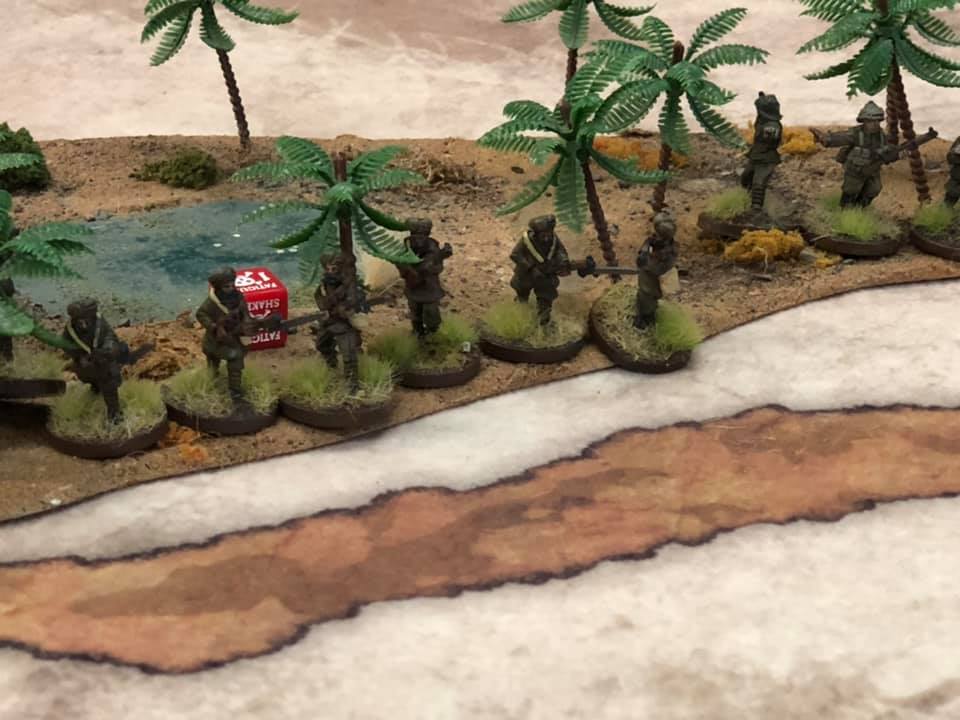
The Forgotten Campaign
The war in Africa has so many great stories. The classic movie “The African Queen” took place during the time and was loosely based on the exploits of the eccentric Royal Navy Captain Geoffrey Spicer-Simson.
Also, the whole story of the SMS Konigsberg is worthy of a game itself, which leads to their inclusion in the game.
I know some will ask where are the Belgians, Ruga-Ruga, and Portuguese; my reply is that these forces did not play a huge role in the overall narrative of the campaign and adding them would be more cosmetic than anything else. You also can simply swap the European/Colonial rifleman models for the Colonial Belgians and use Belgian Askari for the KAR, I think you will find that the stats for both forces should be near identical.

I hope that the inclusion of the fighting in East Africa breaks your view of how the Great War was fought and encourages you read about this very interesting campaign in detail.
The next Blood and Valor article will wrap up the forces in the game and you will hear all about what the game has for the Gallipoli and Near East campaigns.
Don’t forget to pick up the book on preorder The FAQ from Firelock is

Great article and I like your style of getting the East African campaign in the book. My favourite WWI campaign is up next. Can’t wait for that article. Merry Christmas.
Paul